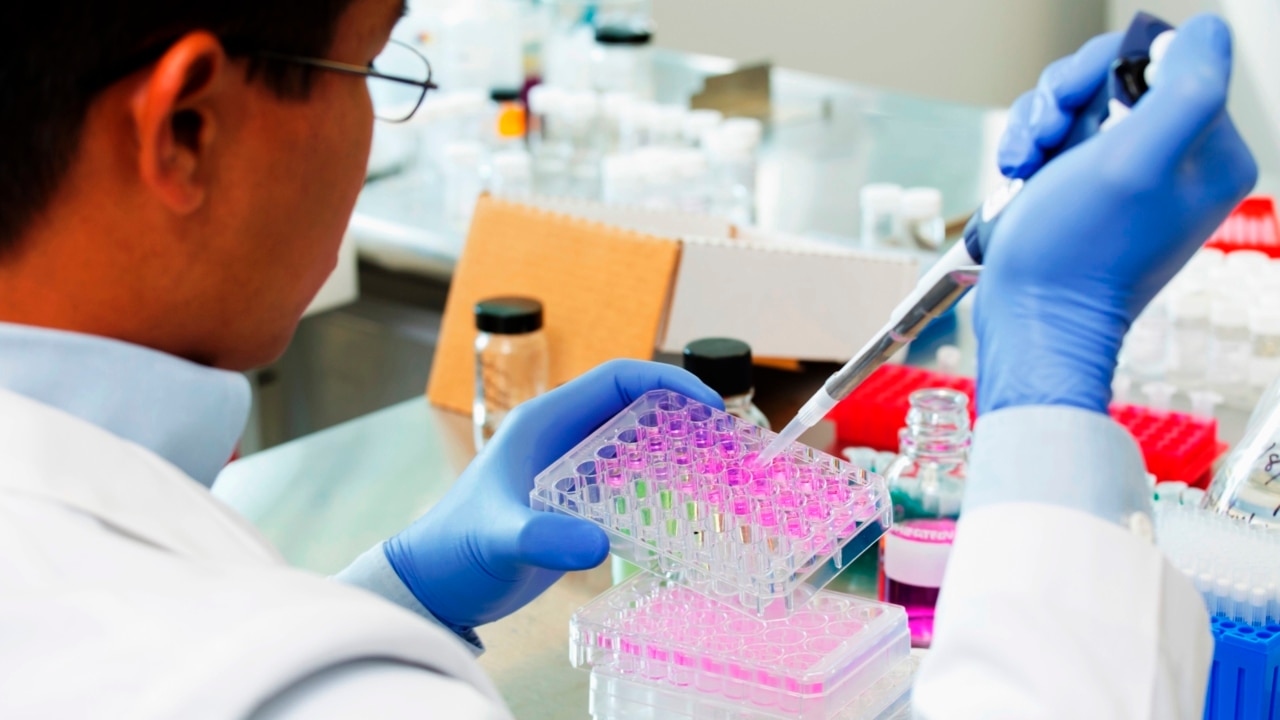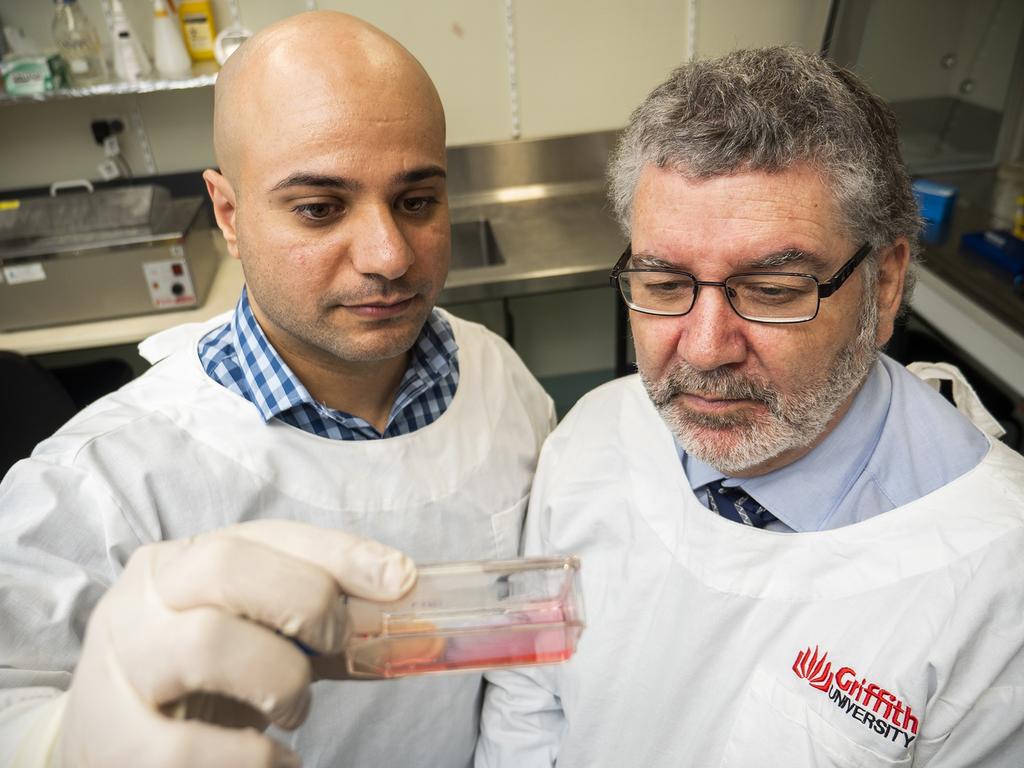Aussie researchers lead on cervical cancer ‘cure’
Researchers at Griffith University used this method to cure cervical cancer tumours in mice with a perfect success rate — but can it work in humans?

In a world-first study headed by Griffith University researchers, it is believed that a cure for cervical cancer has been found using CRISPR gene-editing technology.
Dr Luqman Jabair and Professor Nigel McMillan from Menzies Health Institute Queensland conducted the study on mice and used CRISPR-Cas9 to successfully target and treat cervical cancer tumours via injection.
“This is the first cure for any cancer using this technology,’’ said lead researcher Prof McMillan.
RELATED: Australia is on track to stop cervical cancer
RELATED: ‘Diagnosed with cervical cancer when I was 20 weeks pregnant’

The treatment works by identifying the cancer-causing gene in cancer cells and “editing them”, introducing some extra DNA to disrupt the gene’s functioning.
“This is like adding a few extra letters into a word so the spellchecker doesn’t recognise it anymore,” Prof McMillan told Griffith News.
At this point, the treatment has only been tested on mice, but Prof McMillan is optimistic.
“In our study, the treated mice have 100 per cent survival and no tumours,” he said. “Other cancers can be treated once we know the right genes.”

In Australia, 80 per cent of cervical cancers are found in women who are overdue for screening or have never been screened. Cancer Australia recommends all women who have ever had sex should have a cervical screening test every 5 years between the ages of 25 and 74.
It’s estimated that 951 women will be diagnosed with cervical cancer in Australia this year and 256 will die. For those women, this new treatment could be lifesaving.
The Griffith University scientists are working towards human trials of the gene therapy in the next five years.
With cancer genes considered to be “foreign” to the human genome, they’re even harder to pinpoint, explained Prof McMillan. Of their discovery, he concluded, “This is the missing tool kit we have in our gene therapy toolbox.”



